Peony vs. Camellia: A Comparison of Two Popular Flowering Plants
Peonies and camellias are two of the most popular flowering plants, known for their stunning blooms and long lifespans. While they have similarities, such as their lush petals and ability to outlive their owners, they also have distinct differences that make them unique. Knowing these differences can help gardeners choose the best plant for their garden.
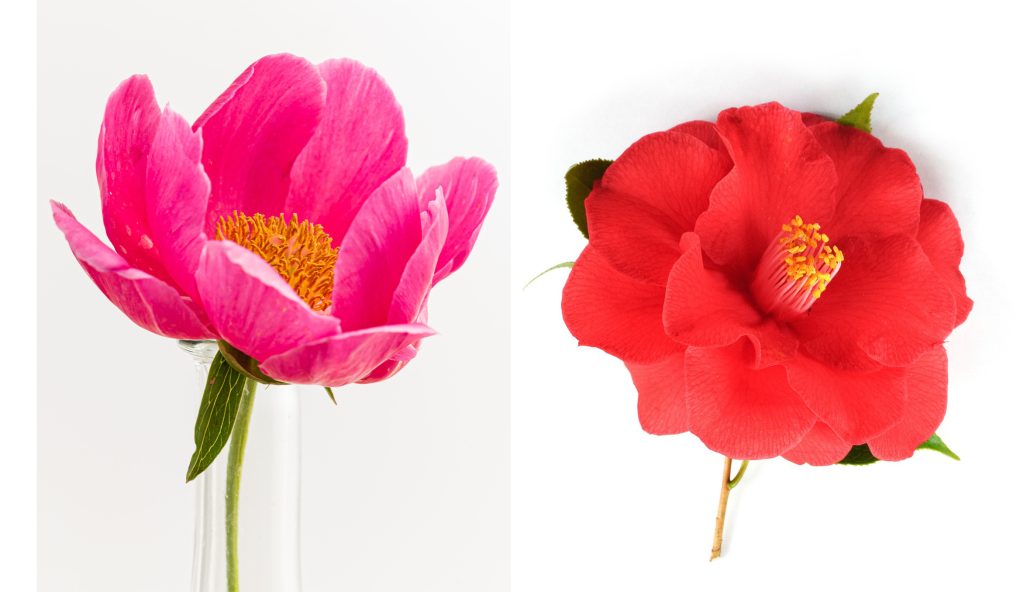
Peonies are known for their elegant, deeply lobed, compound leaves that resemble spread fingers. They have a compound shape with lobes like fingers. In contrast, camellias have the simplest leaf form, with a classic, single, oval leaf shape that tapers to a point. Camellias are also known for their glossy foliage, which adds elegance to any garden.
When it comes to blooms, peonies, and camellias also differ in their appearance. For example, peonies have large, showy blooms in various colors, including pink, red, white, and yellow. On the other hand, Camellias have smaller, more delicate blooms that come in a wider range of colors, including pink, red, white, and even bi-colored varieties. Understanding these variations can help gardeners choose the best plant for their needs and create a beautiful, vibrant garden.
Table of Contents
Peony
Appearance
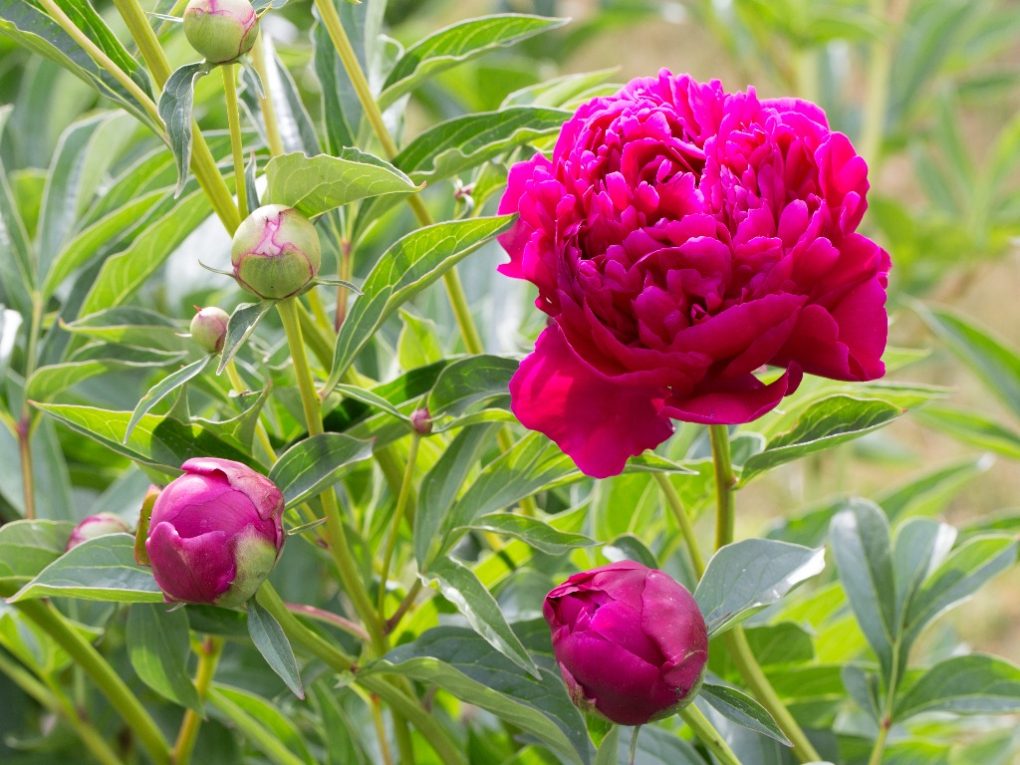
Peonies are a popular flowering plant cultivated for thousands of years. They are popular for their large, showy blooms in different colors, including white, pink, red, and yellow. The flowers can be single, semi-double, or double, growing up to 10 inches in diameter. The leaves are dark green and a bit shiny, with a lobed shape similar to a hand with fingers.
Meaning and Symbolism
Peonies are often associated with romance, prosperity, and good fortune. In Chinese culture, the peony is known as the “king of flowers, ” symbolizing wealth and honor. In Western cultures, peonies are often given as a gift to express love and affection. They are also associated with healing and are used in traditional medicine to cure various ailments.
Cultivation and Care
Peonies are relatively easy to grow and care for. They prefer well-drained soil and full sun to partial shade. They should be planted in the fall or spring and require regular watering during the growing season. Peonies are also prone to fungal diseases, so keeping the foliage dry and removing infected leaves or flowers is important. They can be propagated by division in the fall or early spring.
Uses
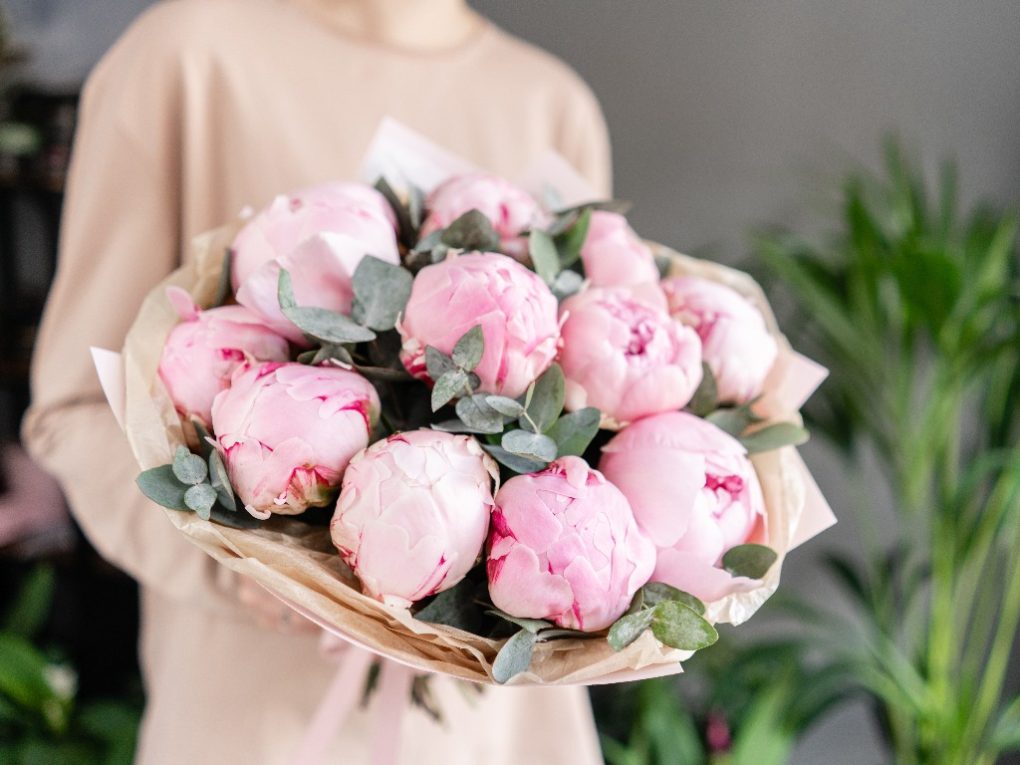
Peonies are commonly used in floral arrangements and as cut flowers. They are also used in traditional medicine to treat various ailments, including menstrual cramps, headaches, and respiratory infections. The roots of some peony species are also used to make a type of tea that is said to have health benefits.
Camellia
Appearance
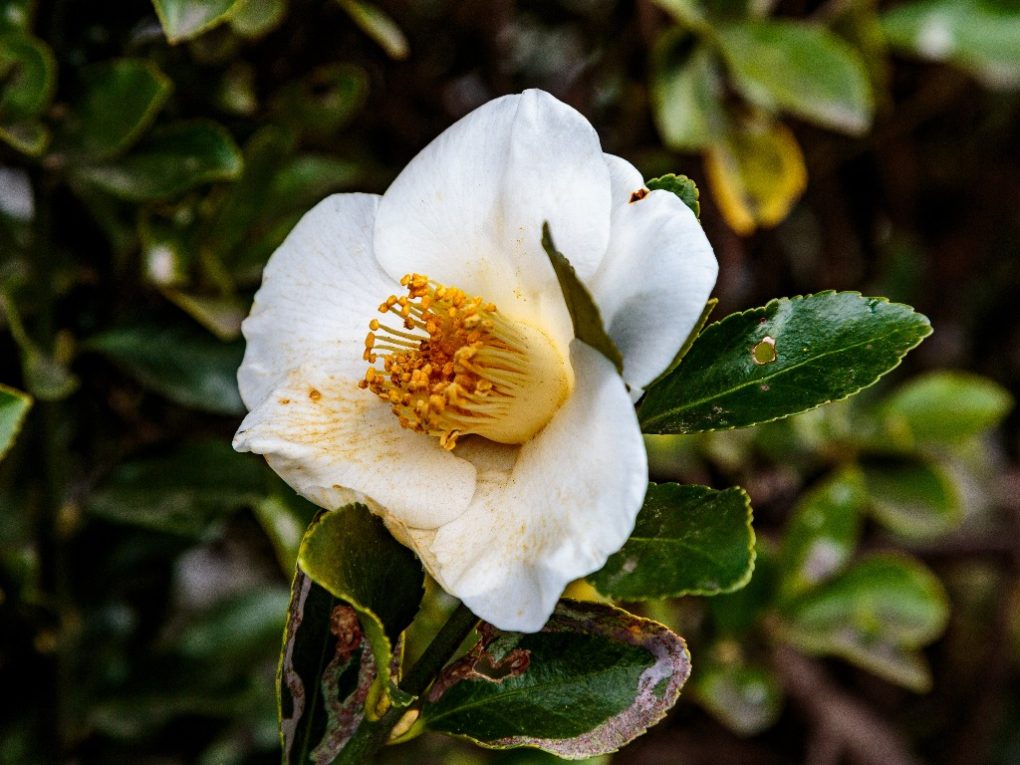
Camellias are evergreen shrubs or small trees that can grow up to 20 feet tall. They have glossy, dark green leaves and produce beautiful, showy flowers in shades of pink, red, white, and yellow. The large flowers can be either single, semi-double, or double blooms. Camellias typically bloom in the fall and winter, adding color to the garden during the year’s cooler months.
Meaning and Symbolism
Camellias have a rich history and meaning in many cultures. In Japan, they symbolize love and affection and are often given as gifts to express these sentiments. In China, camellias are associated with wealth and prosperity and are often used in traditional medicine. In the language of flowers, camellias symbolize admiration, perfection, and good luck.
Cultivation and Care
Camellias are relatively easy to grow and care for and well-suited to many climates. They prefer well-draining soil that is slightly acidic and should be planted in a location that receives partial shade. Camellias should be watered regularly, but care should be taken not to overwater them, which can lead to root rot. Fertilizers can be applied in the spring and summer to encourage healthy growth and blooming.
Uses
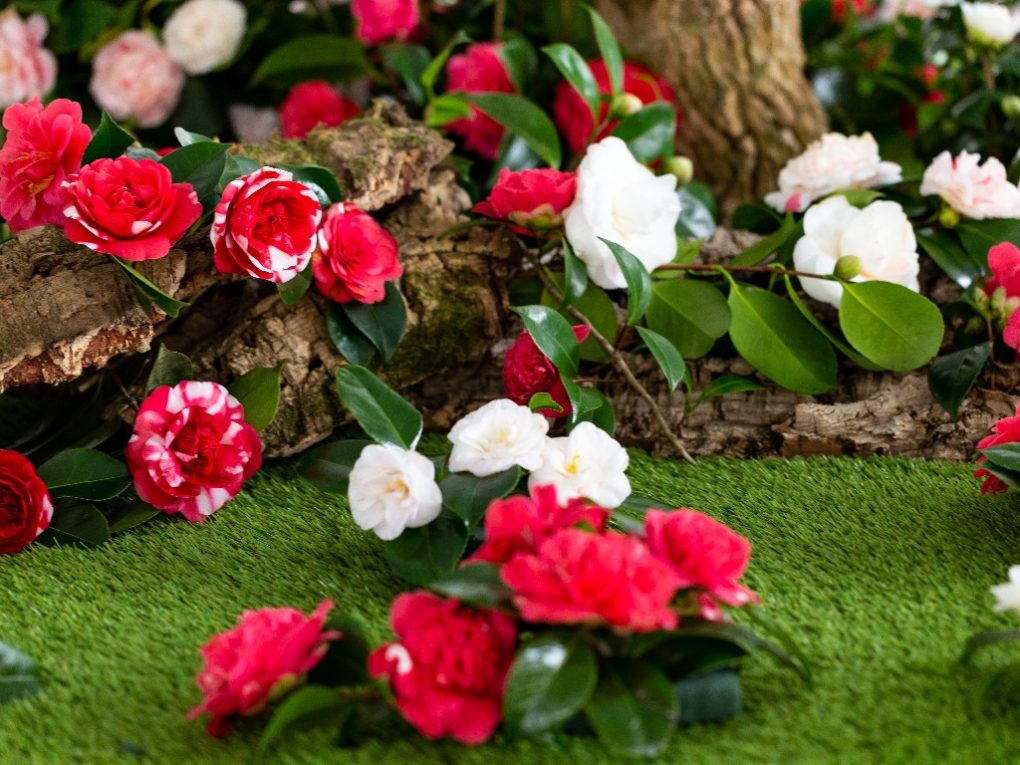
Camellias are primarily grown for their ornamental value and are commonly used as landscape plants or in container gardens. They are also used in tea production and are closely related to the tea plant (Camellia sinensis). Camellia oil, extracted from the plant’s seeds, is used in various cosmetic and skincare products due to its moisturizing and anti-aging properties.
Differences between Peony and Camellia
Appearance
Peonies and camellias are both beautiful flowers, but they have distinct differences in appearance. Peonies have large, showy blooms with soft, delicate petals that come in a range of colors from white to pink to deep red. The flowers have a fragrant scent and are often used in floral arrangements.
Camellias, on the other hand, have smaller, more compact blooms with waxy, shiny petals. They come in various colors, from white to pink to red, with a more subtle, elegant appearance.
Meaning and Symbolism

Peonies and camellias also have different meanings and symbolism. Peonies are often associated with romance, prosperity, and good fortune. In Chinese culture, they are a symbol of honor and wealth. Camellias, on the other hand, is associated with love, devotion, and admiration. In Japan, they are often given as a gift to express gratitude or sympathy.
Cultivation and Care
Regarding cultivation and care, peonies and camellias have some similarities and differences. For example, both flowers prefer well-drained soil and partial shade, but camellias are more tolerant of acidic soil than peonies.
Peonies are also more cold-hardy than camellias and can survive harsh winters. On the other hand, Camellias are more sensitive to frost and require protection during winter. Both flowers require regular pruning to maintain their shape and promote healthy growth.
Uses
Peonies and camellias have different uses in gardening and landscaping. Peonies are often used as a focal point in a garden or as a border plant, make beautiful cut flowers, and are often used in floral arrangements. On the other hand, Camellias are often used as a hedge or screen plant and can be trained to grow in various shapes and sizes, make beautiful potted plants, and be grown indoors in colder climates.
